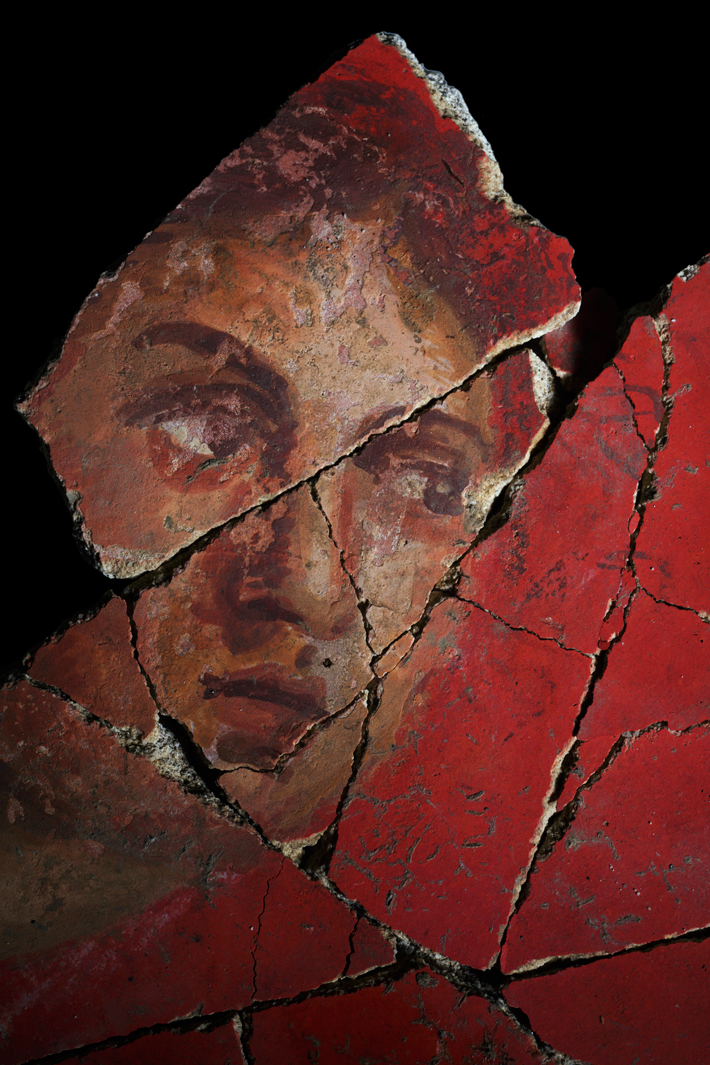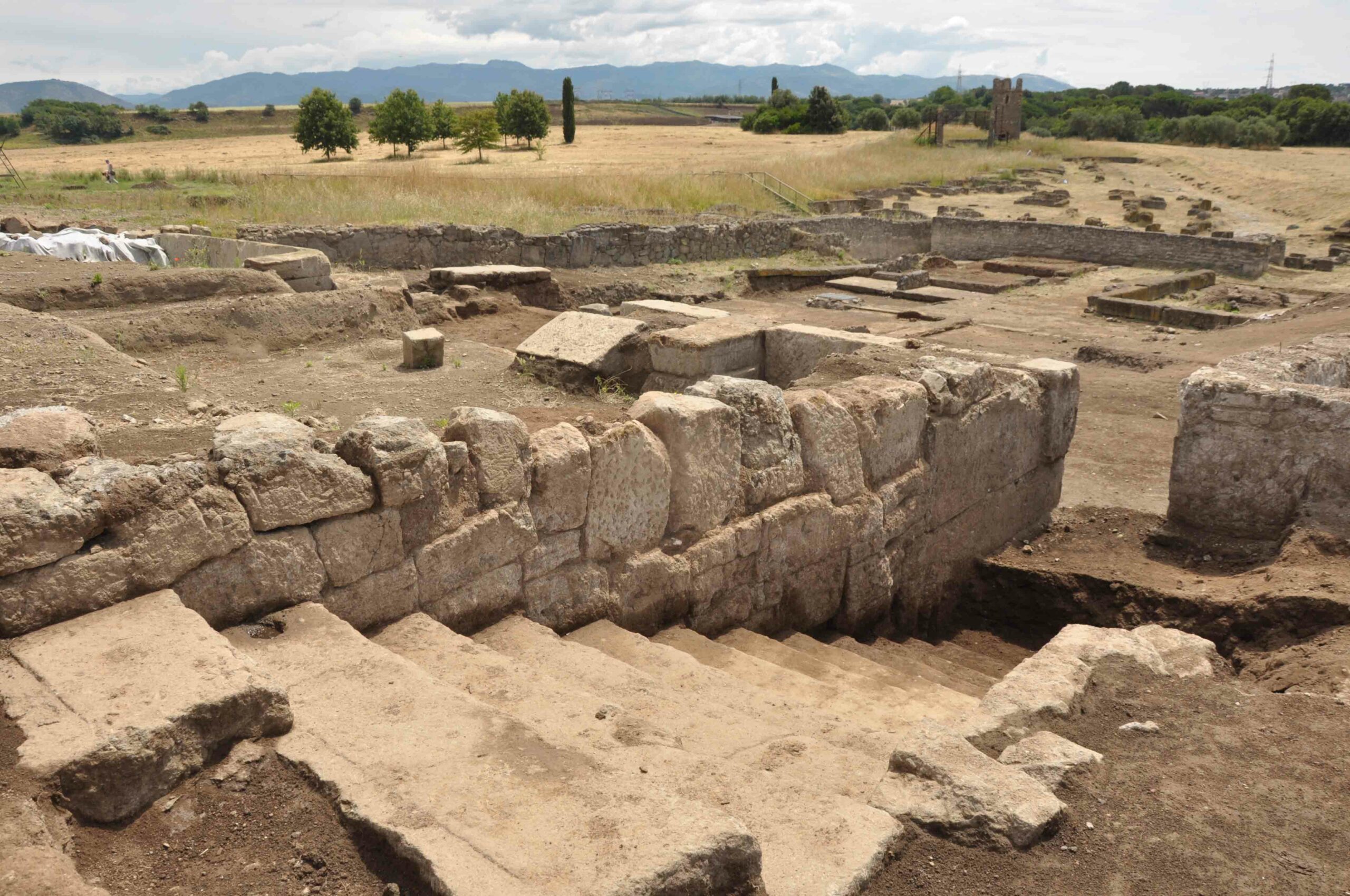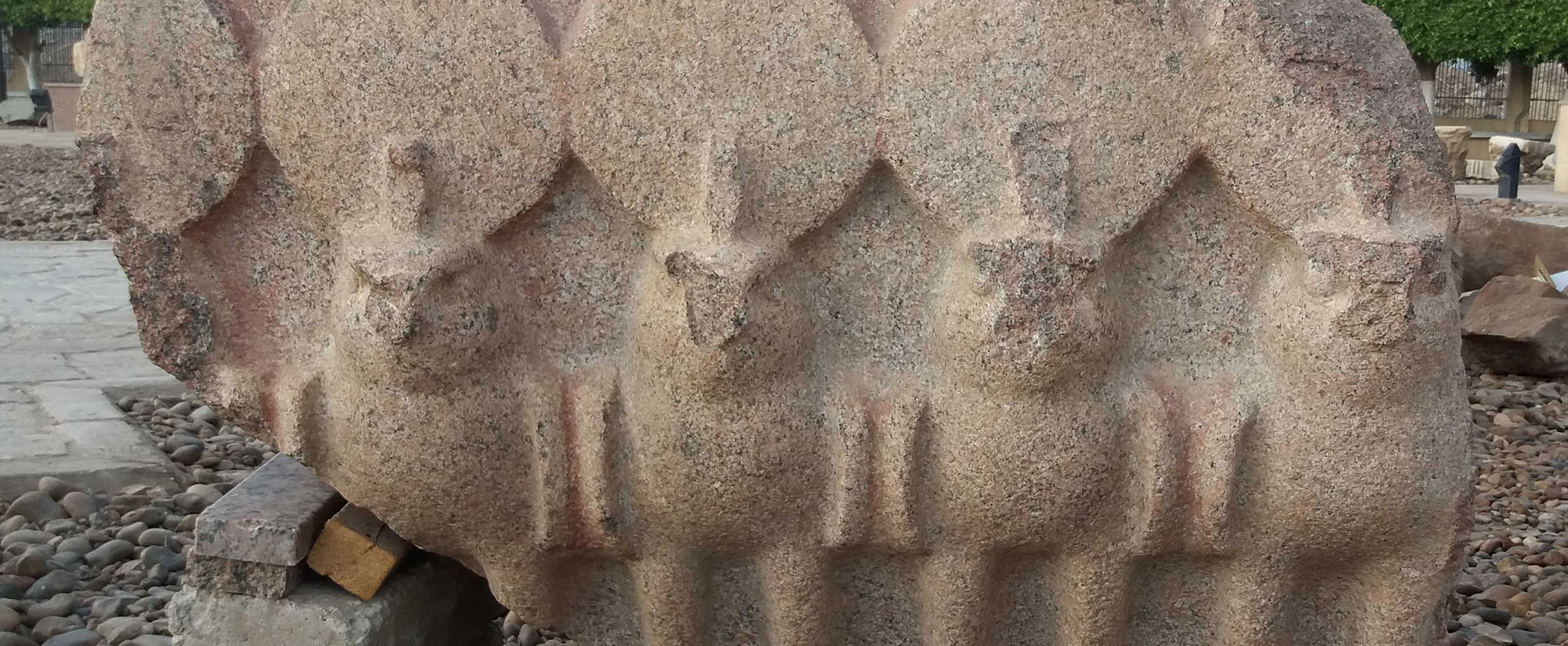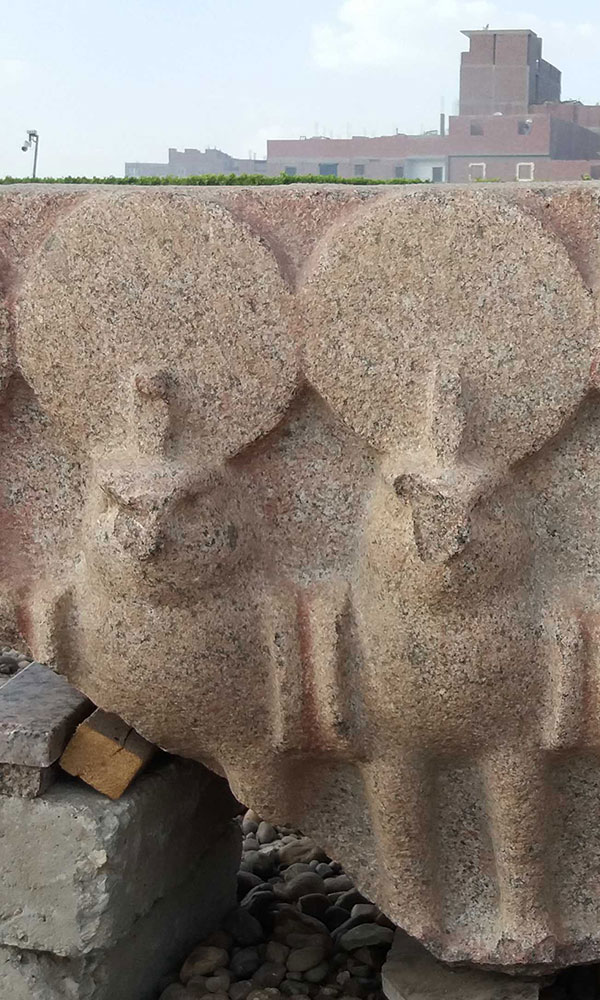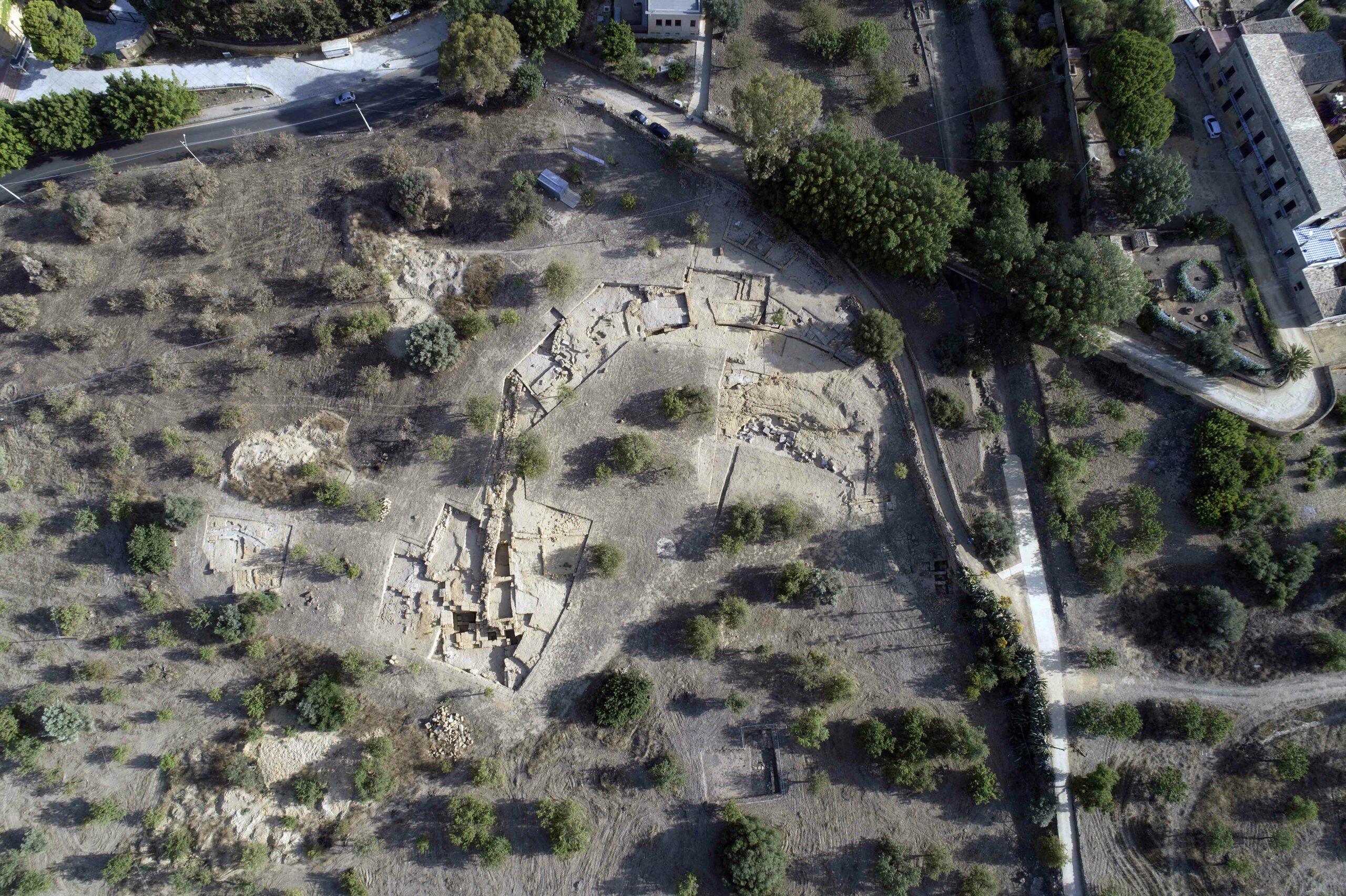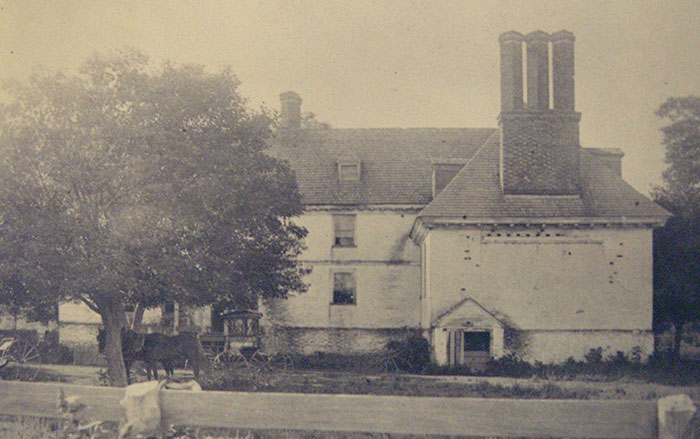
AMHERST, MASSACHUSETTS—Live Science reports that Eric Poehler of the University of Massachusetts Amherst, independent researcher Juliana van Roggen, and Benjamin Crowther of the University of Texas at Austin suggest iron droplets, spatters, and stains found on Pompeii’s streets are evidence of ancient road repairs. Over decades, the repeated passage of carts on the city’s stone-paved streets eroded away ruts and holes that made travel difficult. The researchers said complete repaving of the streets would have been difficult and expensive, and would have blocked important routes through the city for months at a time. Molten iron, however, when poured, would have filled the holes and ruts and hardened into a smooth surface. Stone and ground-up pieces of terracotta may also have been placed in the holes. Poehler explained that the small amounts of iron that team members identified on the streets may have been spilled as slaves carried molten iron from furnaces to ruts and holes in need of repair. The researchers plan to analyze the chemical composition of the iron next, in order to determine where it was mined. To read more about the archaeology of Pompeii, go to “Return to Pompeii.”



